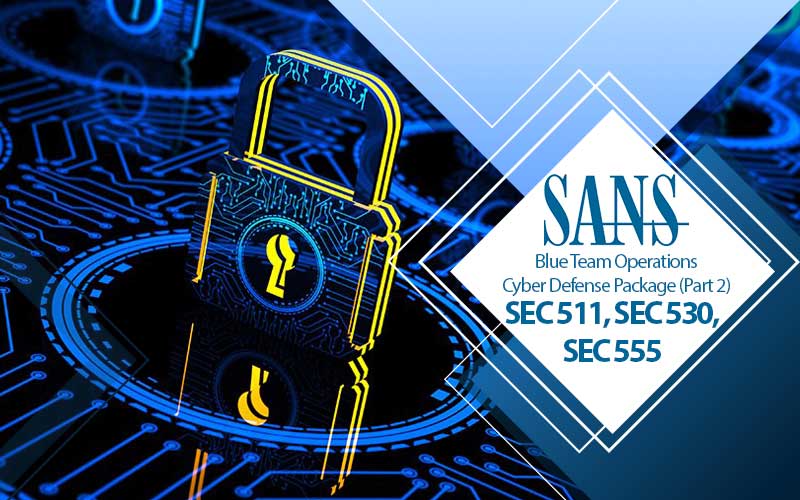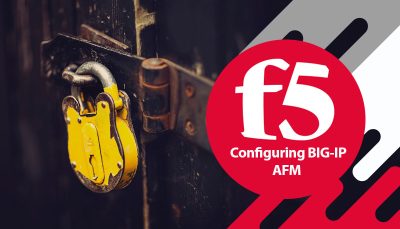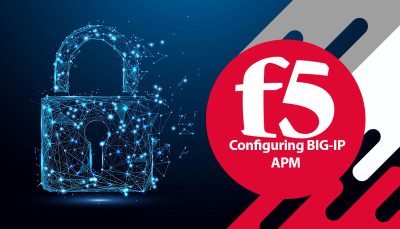
درخواست مشاوره
برای کسب اطلاعات بیشتر درباره این دوره درخواست مشاوره خود را ارسال کنید و یا با ما در تماس باشید.
درخواست مشاورهدوره های مرتبط
دوره آموزش F5 Configuring F5 BIG-IP AFM
SharePoint یکی از محصولات تحت وب شرکت مایکروسافت است که اولین بار در سال ۲۰۰۱ ارائه شد SharePoint که با مجموعه آفیس مایکروسافت یکپارچه است.
دوره آموزش CIH
SharePoint یکی از محصولات تحت وب شرکت مایکروسافت است که اولین بار در سال ۲۰۰۱ ارائه شد SharePoint که با مجموعه آفیس مایکروسافت یکپارچه است.
دوره آموزش Android Pentest
SharePoint یکی از محصولات تحت وب شرکت مایکروسافت است که اولین بار در سال ۲۰۰۱ ارائه شد SharePoint که با مجموعه آفیس مایکروسافت یکپارچه است.
دوره آموزش F5 Configuring BIG-IP APM
SharePoint یکی از محصولات تحت وب شرکت مایکروسافت است که اولین بار در سال ۲۰۰۱ ارائه شد SharePoint که با مجموعه آفیس مایکروسافت یکپارچه است.





